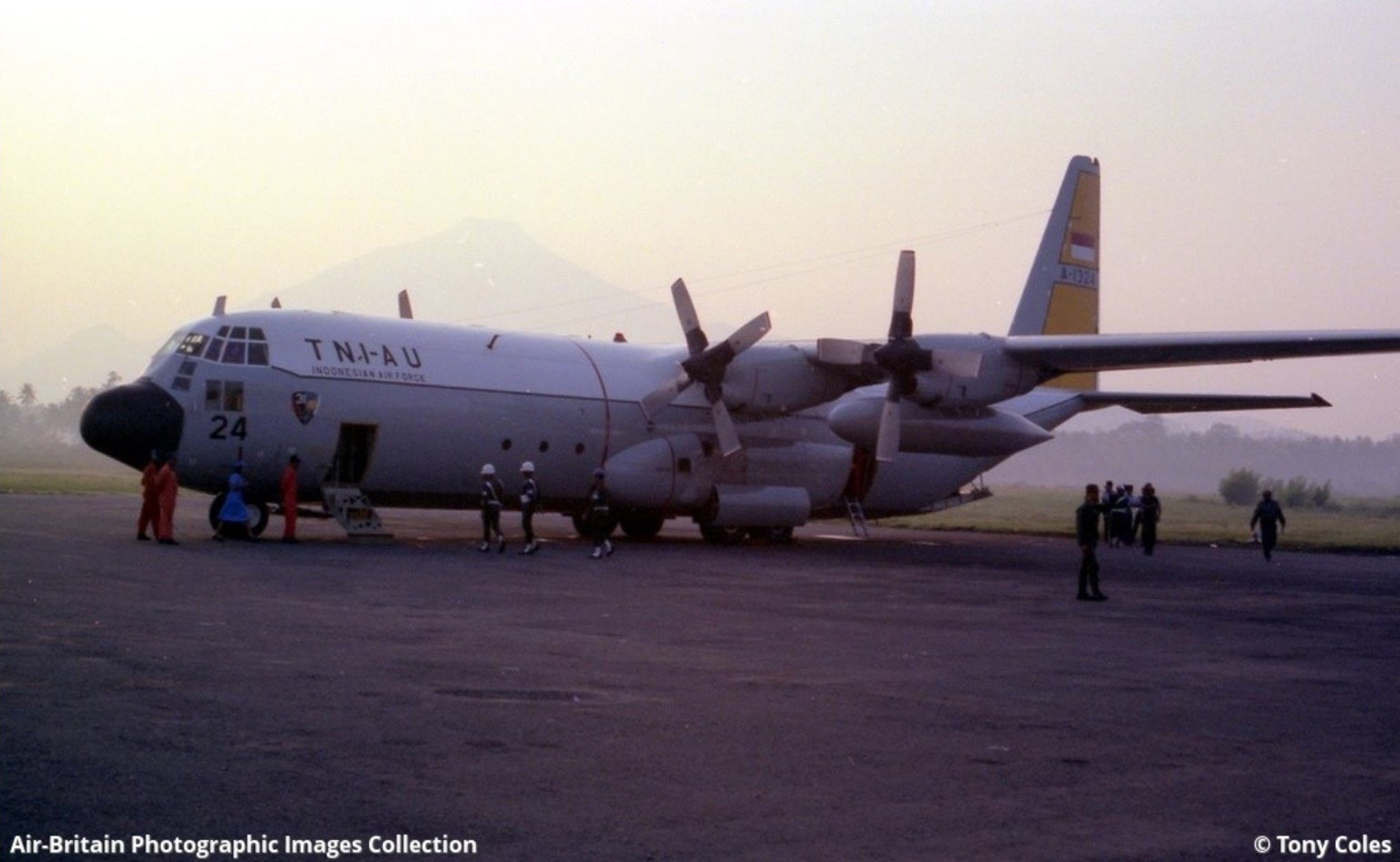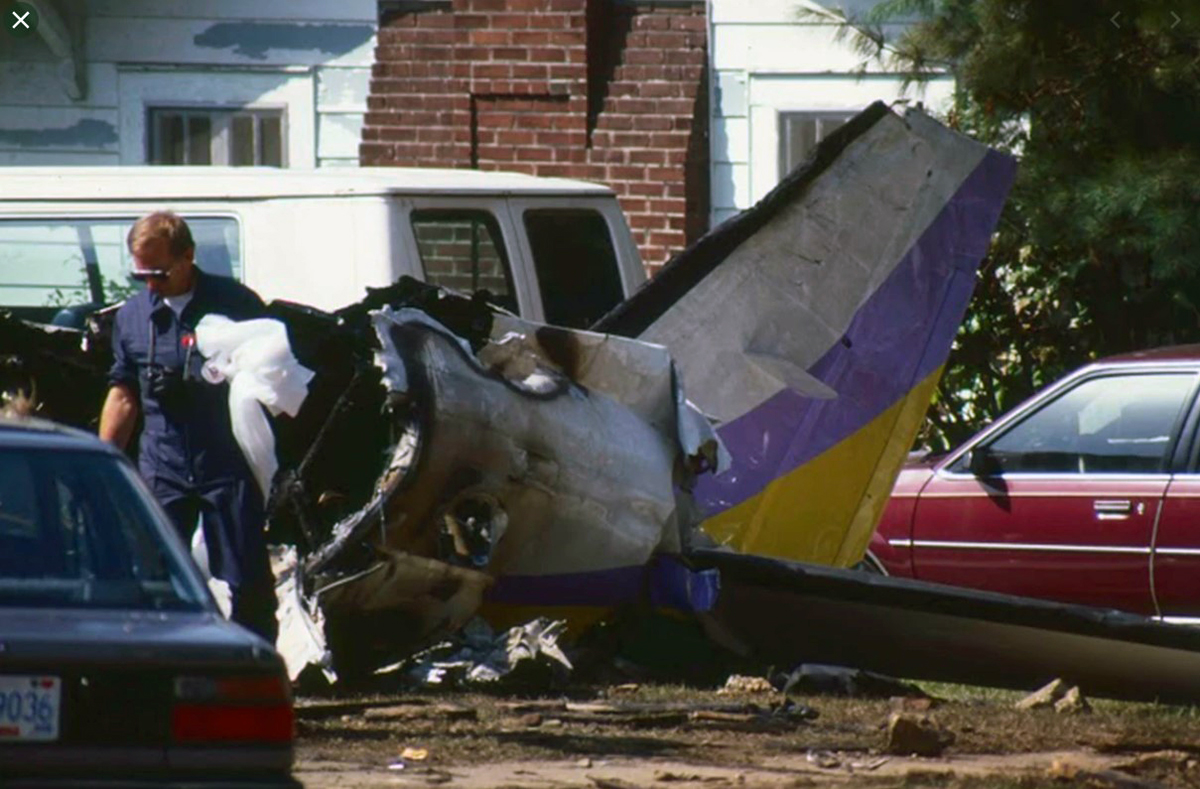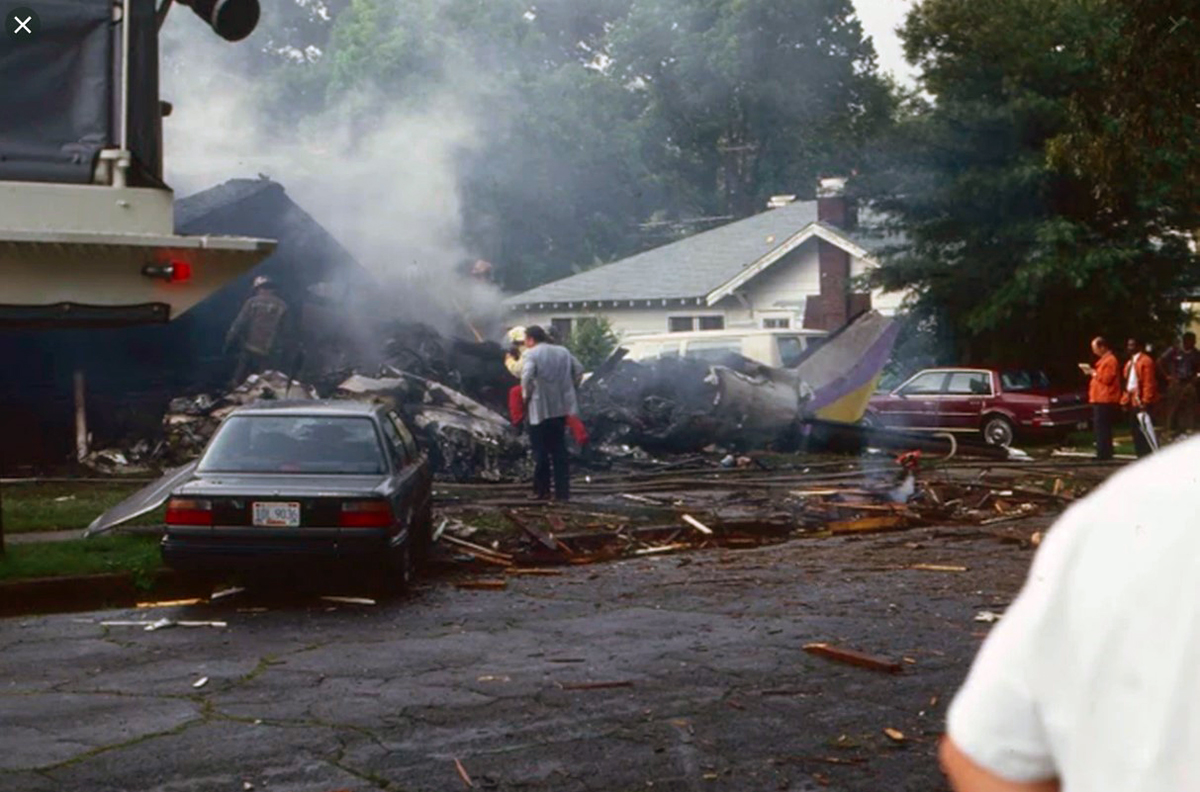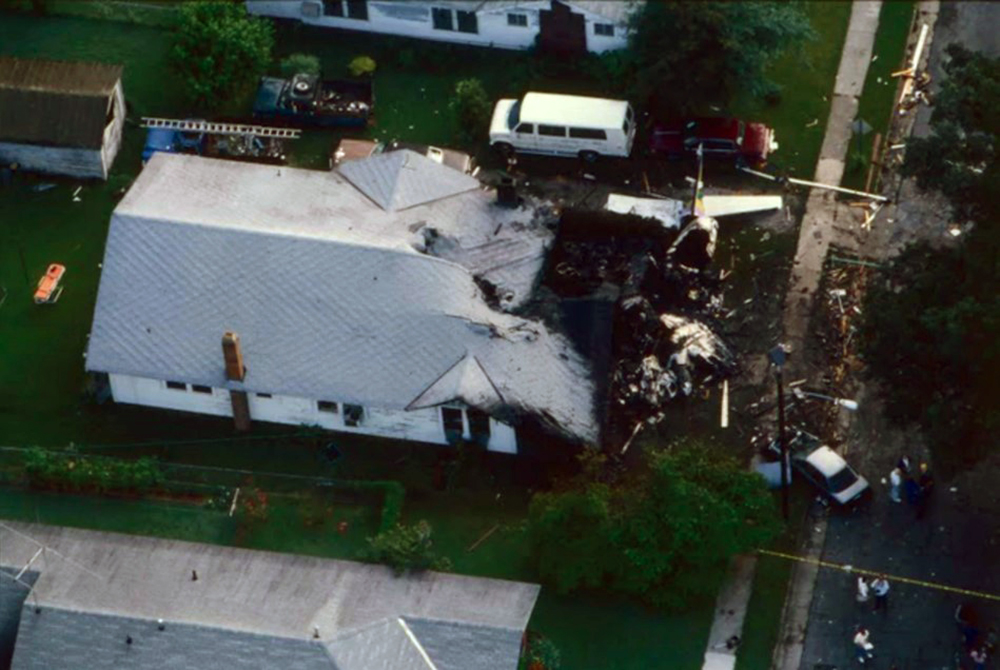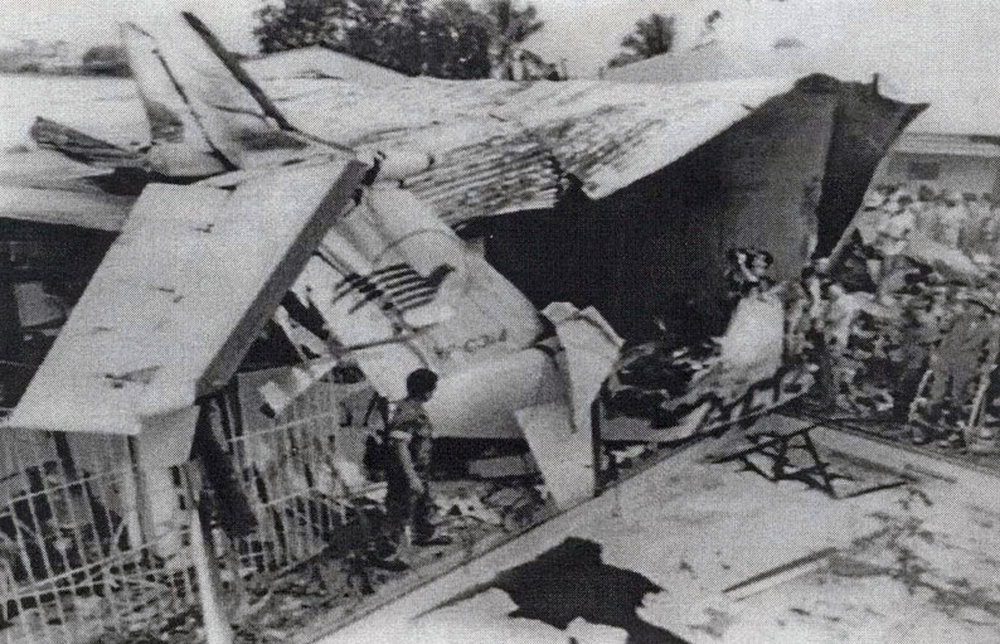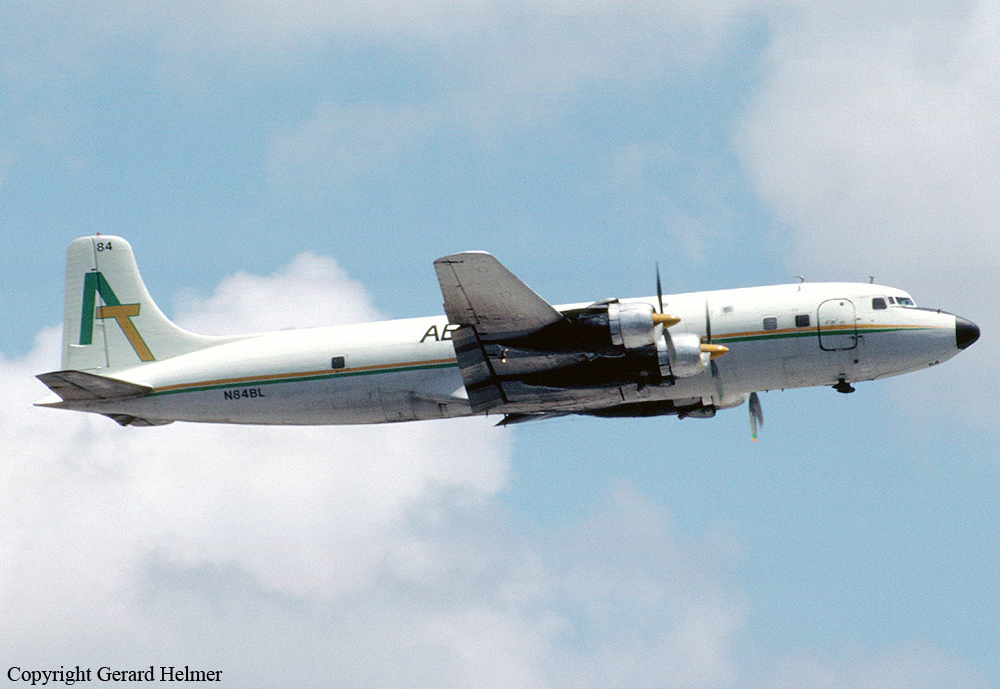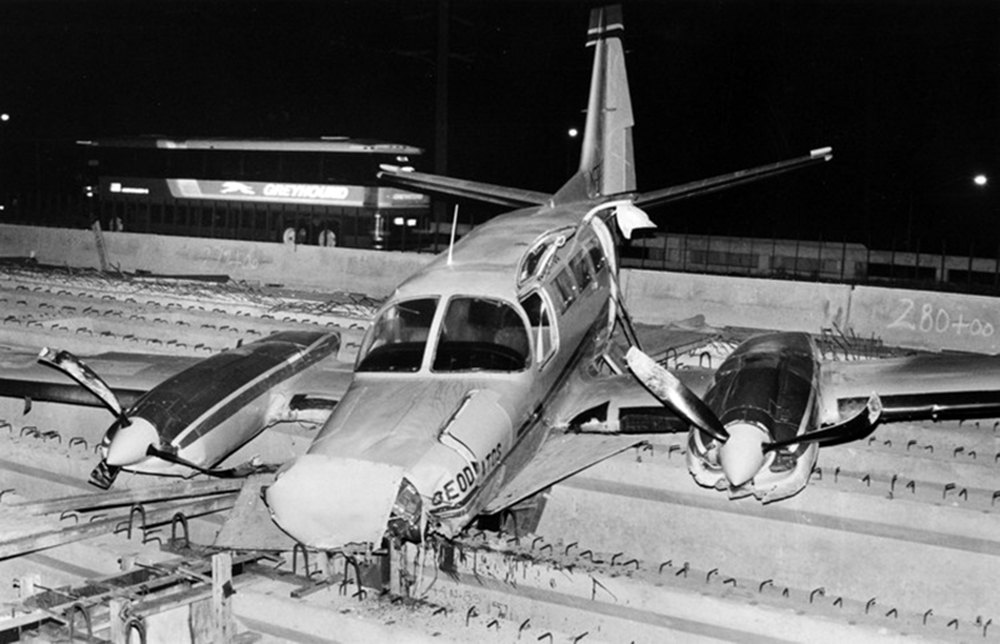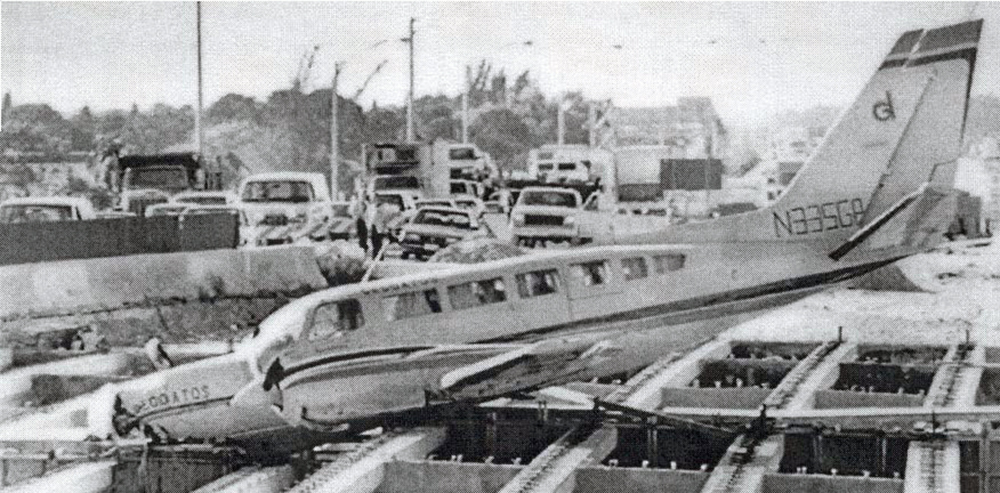Crash of a Lockheed C-130H-30 Hercules in Jakarta: 135 killed
Date & Time:
Oct 5, 1991 at 1500 LT
Registration:
A-1324
Survivors:
No
Schedule:
Jakarta - Bandung
MSN:
4927
YOM:
1982
Crew on board:
12
Crew fatalities:
Pax on board:
122
Pax fatalities:
Other fatalities:
Total fatalities:
135
Circumstances:
The four engine aircraft was returning to Bandung, carrying 122 airmen who had just took part to the annual Armed Forces Day ceremony at Jakarta-Halim Perdanakusuma Airport. One minute after takeoff, while in initial climb, the crew declared an emergency and reported engine problems. After being cleared to return for an emergency landing, the crew lost control of the airplane that stalled and crashed on a building housing the Department of Labour. A passenger survived while 133 other occupants were killed as well as two security guards working in the building.
Probable cause:
Loss of control after the engine n°3 caught fire during initial climb for unknown reasons.
